Implementing McKinsey’s strategy development process

If you haven’t read McKinsey’s article on how AI is transforming strategy development, then you can read it here.
“Strategists spend significant time gathering and enriching data from numerous sources. AI’s ability to summarize and create meaningful connections across all data sets can significantly enhance these efforts. While AI is more thorough and faster than humans, strategists still need to pose the right questions to generate the distinctive insights they seek.”
In this article, we’ll show you how Four/Four support McKinsey’s core use cases for both research and interpretation as illustrated below.

Align on the strategic challenge
Taking raw conversational input where customers are expressing their needs firsthand, with context, is the most valuable and thorough means of input to any research project.
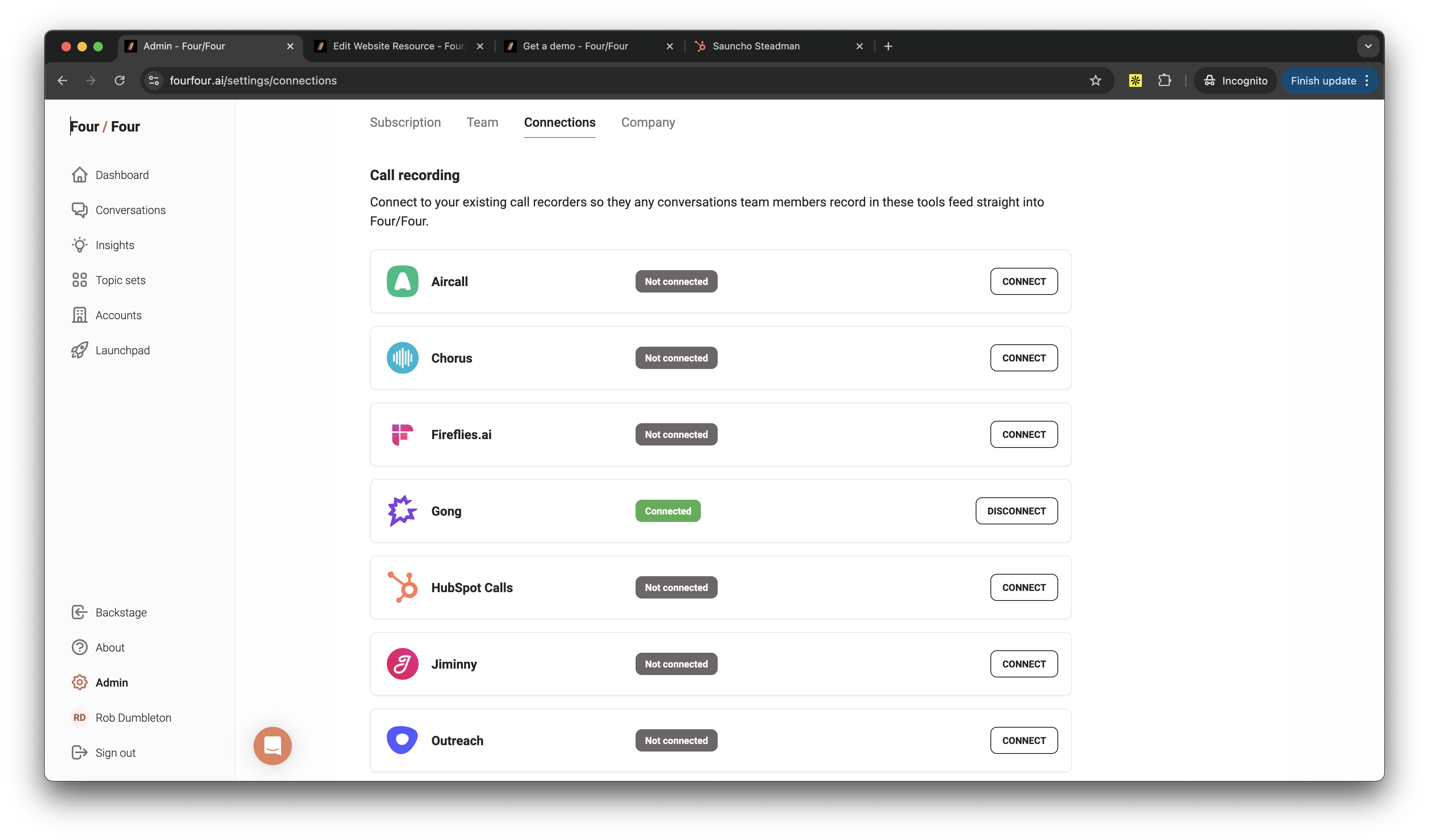 Alignment and tagging of other metadata to those inputs is essential, otherwise there’s no way of segmenting or sizing the problem later.
Alignment and tagging of other metadata to those inputs is essential, otherwise there’s no way of segmenting or sizing the problem later.
Assess through multiple lenses
The methodologies used for extracting and structuring insights must be consistent across the business. We use principles from methodologies like JTBD, MEDDICC, SPIN, etc.
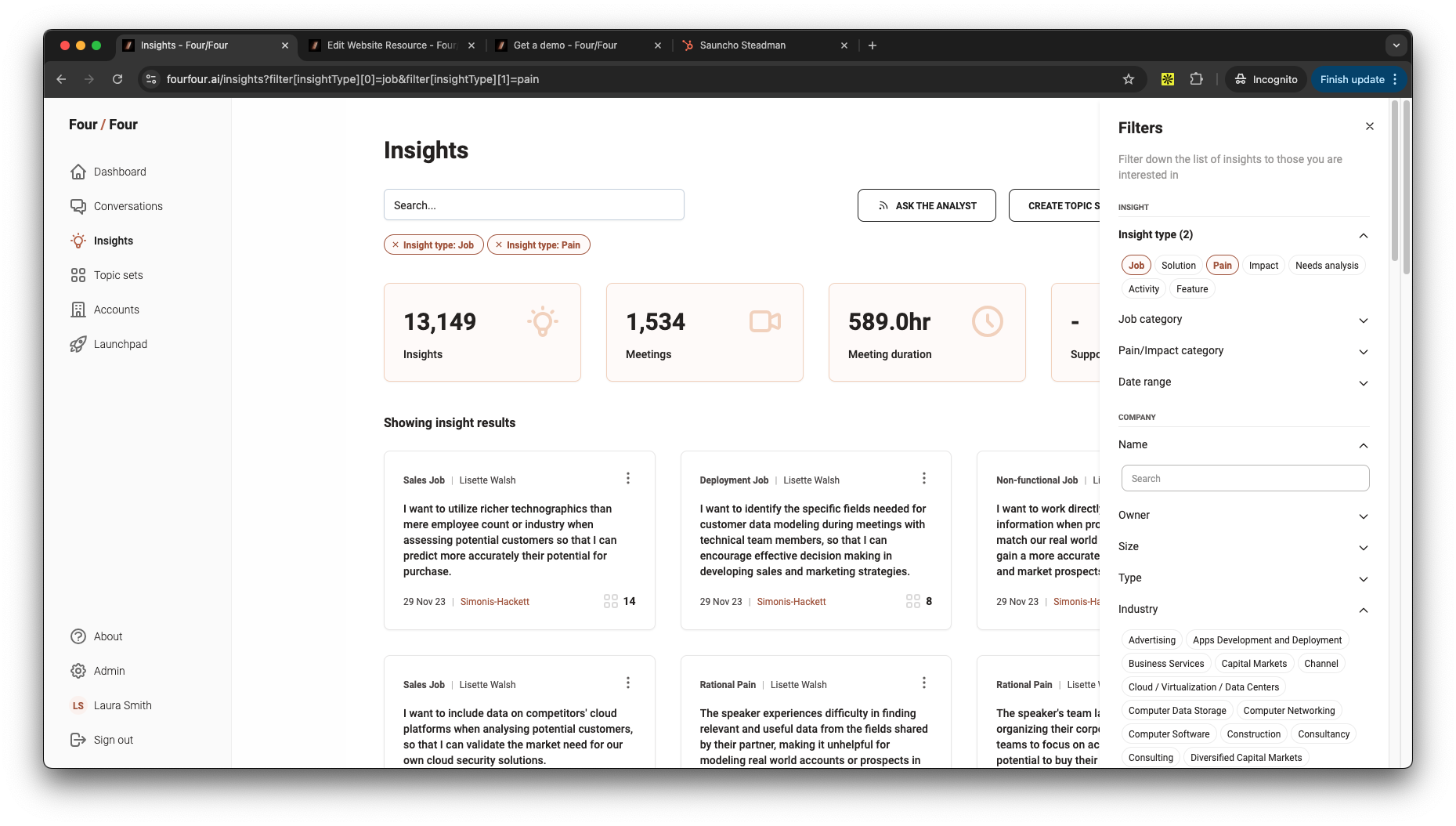 This creates uniformed and codified insights that focus on the customer. These insights can be filtered based on specific areas of focus and segmented into different audiences for analysis.
This creates uniformed and codified insights that focus on the customer. These insights can be filtered based on specific areas of focus and segmented into different audiences for analysis.
Explore value-creating big moves
Clustering related insights into broader themes (pattern analysis), where we can run topic models to identify the trends and provide evidence around exiting hypothesis that can be tested.
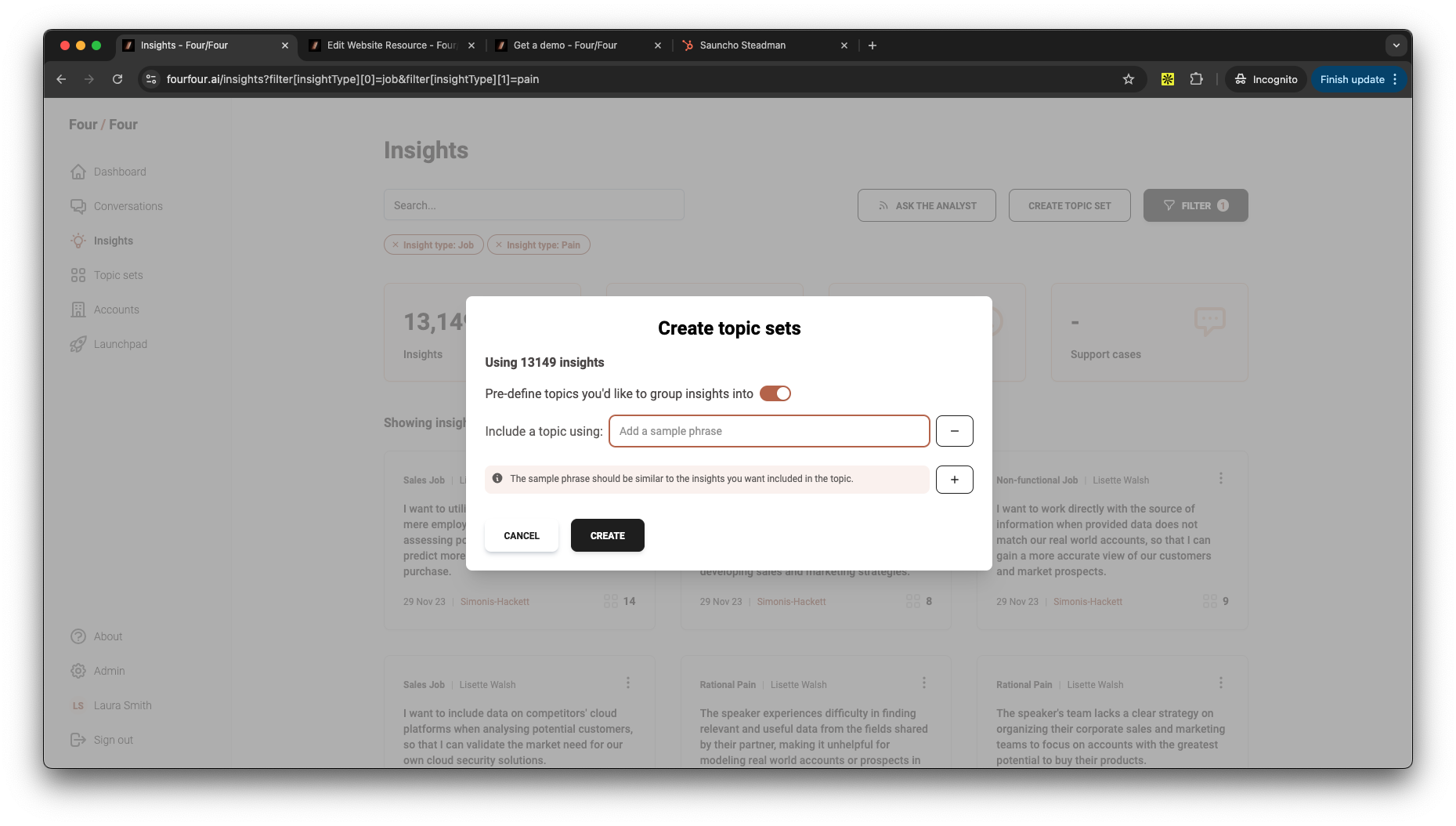 We do this very specifically by both value and by volume. This is often where a prioritisation and scoring mechanism is completely speculative, using internal personnel to give it their gut feel, creating groupthink and HiPPO. Big moves need to be based on concrete evidence to remove conjecture and address the facts.
We do this very specifically by both value and by volume. This is often where a prioritisation and scoring mechanism is completely speculative, using internal personnel to give it their gut feel, creating groupthink and HiPPO. Big moves need to be based on concrete evidence to remove conjecture and address the facts.
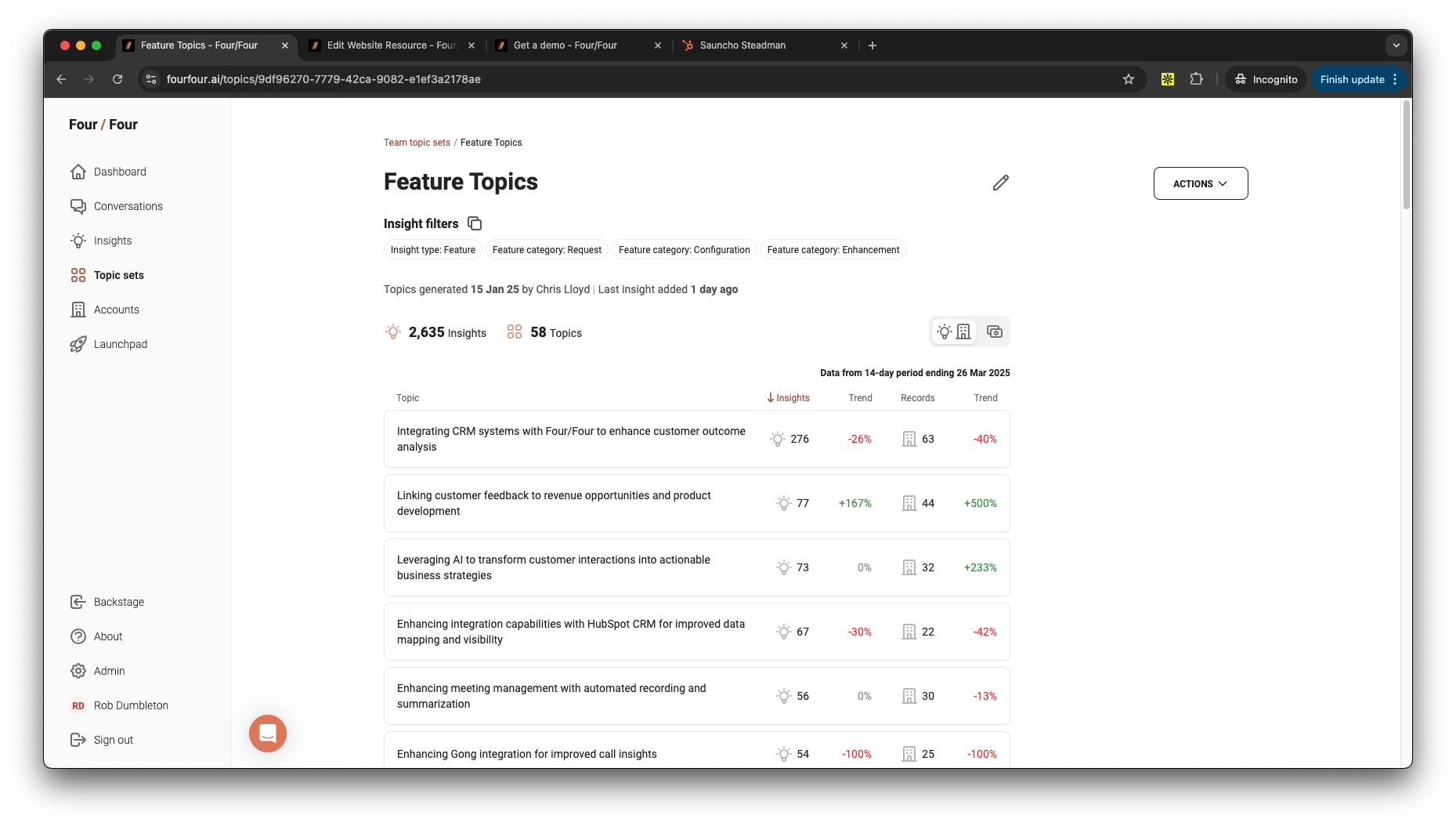
Execute, monitor, and review
“Another area where AI is already acting as an interpreter is trend monitoring. Strategists need to keep tabs on changes in major trends when developing their options and reviewing their assumptions. A gen-AI-powered engine can read massive amounts of information and disaggregate trends into their component patterns and then interpret whether those patterns suggest a trend is accelerating, maturing, or subsiding.”
Test assumptions and adapt
This is where we continue to align new insights gathered from real-time conversations to existing topic models, showing topic relevancy over time.
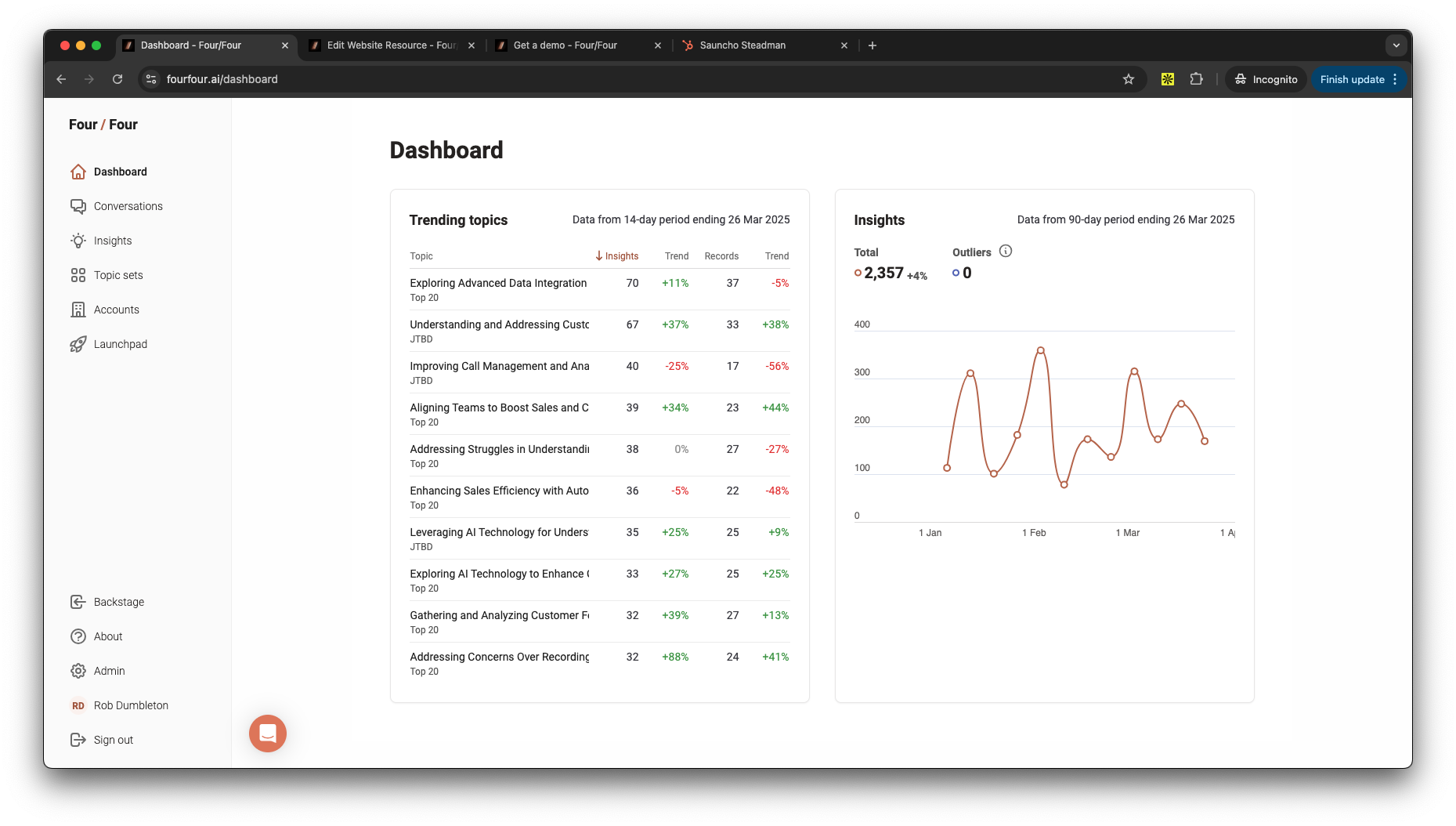 Keeping the strategy development process alive and working continuously, supported by the right tooling will:
Keeping the strategy development process alive and working continuously, supported by the right tooling will:
- Save countless hours on manual analysis – aggregating, tagging and analysing
- Uncover hidden customer insights – users and channels that you haven’t had access to before at scale.
- Make evidence-based decisions – using the associated metadata and theming to discover trends
